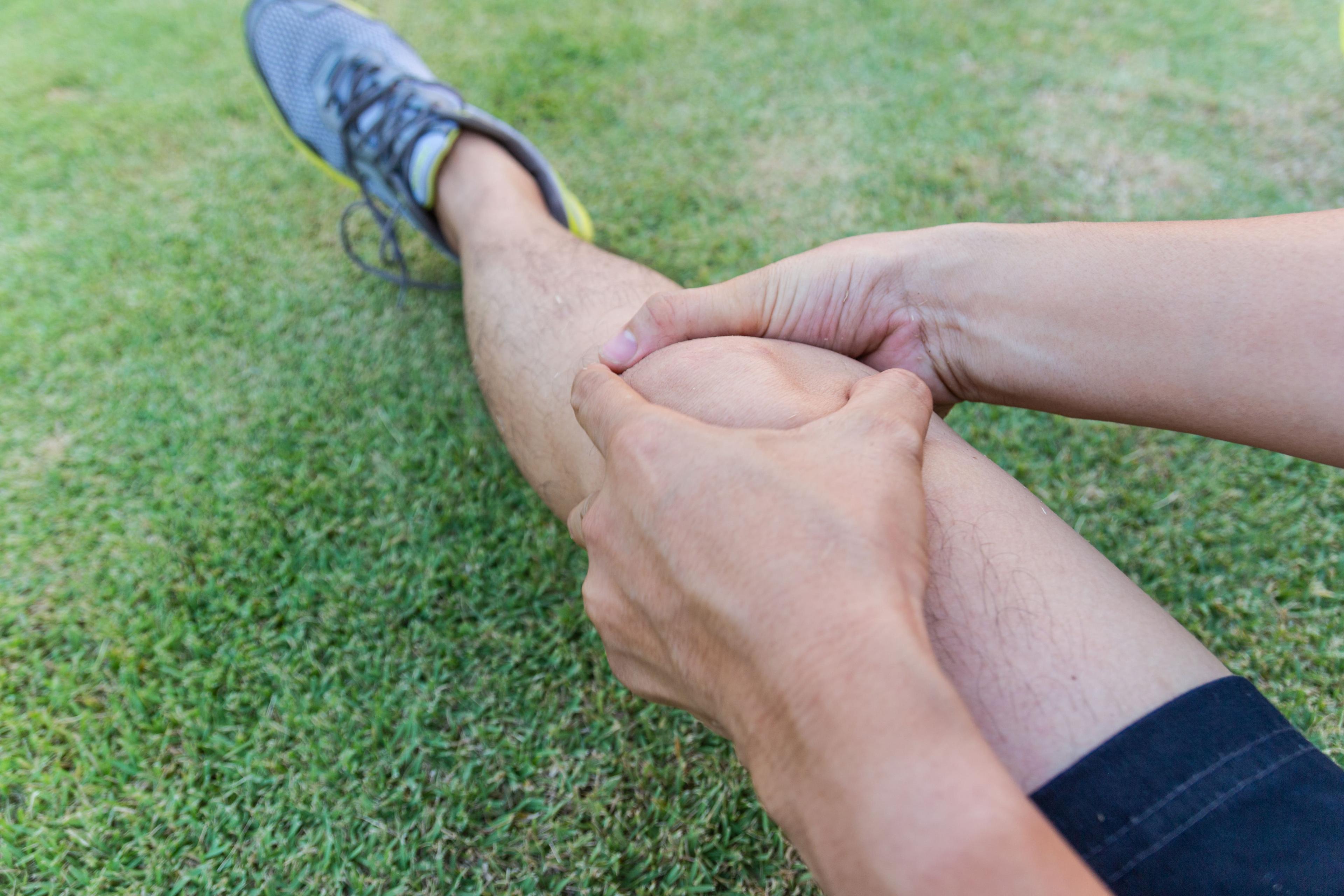7 Most Important Questions About Runner's Knee Answered
If you’re experiencing pain around the kneecap, also known as the patella, you might have runner’s knee. But what is runner’s knee? Today, we’re going to answer the 7 most important questions about this condition.
WHAT IS RUNNER'S KNEE?
Runner’s knee is a common name for patellofemoral pain syndrome. Despite its name, runner’s knee isn’t just for runners. It is a broad term used to describe the pain caused by one of several knee problems.
WHAT CAUSES RUNNER’S KNEE?
Although running is a common cause of runner’s knee, the following can also contribute to runner’s knee:
- Overuse
- Excessive training
- Trauma to the knee
- Malalignment
- Problem with your feet
- Weak thigh muscles
- Tight Achilles tendons
- Injury
- Arthritis
WHAT ARE THE SYMPTOMS OF RUNNER’S KNEE?
The following are the most common symptoms of runner’s knee:
1) The main thing is dull, aching pain around the kneecap. You may feel pain when:
- Walking
- Sitting for a long time with knees bent
- Climbing or descending stairs
- Squatting
- Running
- Getting up from a chair
- Kneeling
2) Swelling around the knee
3) Popping sound
4) Grinding feeling in the knee
HOW IS RUNNER’S KNEE DIAGNOSED?
Your doctor will look at your health history and conduct a thorough physical examination and tests like X-rays to confirm a diagnosis of the runner’s knee.
HOW IS RUNNER’S KNEE TREATED?
In most cases, the runner’s knee gets better on its own and doesn’t need surgery. Your doctor may suggest the following to help relieve your pain and speed the recovery process:
- Rest. The best way to treat a runner’s knee is to avoid doing activities that make it worse, like running, squatting, or sitting for long periods.
- Ice. Apply an ice pack to your knee to reduce pain and swelling. Do this for up to 30 minutes every 3-4 hours until the pain is gone.
- Compression. Wrap your knee with an elastic bandage, patella strap, or knee sleeves to give it extra support.
- Elevation. Elevate your leg when you sit or lie down to prevent further swelling.
- Medicines. To help with pain and swelling, your doctor may recommend taking NSAIDs such as ibuprofen.
- Stretching and strengthening exercises. Once the pain and swelling have subsided, your doctor can recommend a physical therapist to help restore your knee’s strength and range of motion.
WHEN WILL MY RUNNER’S KNEE HEAL?
Your recovery time depends on your lifestyle, body, and injury.
While recovering, it’s advisable to engage in low-impact exercises that won’t hurt your joints.
Before going back to your “normal” physical activity, make sure that you’re fully healed.
HOW TO PREVENT RUNNER’S KNEE
You can prevent runner’s knee by:
- Staying in shape. Excess weight places added stress on joints, particularly knees and hips, causing pain and damage. To prevent this, ask your doctor to create a weight loss plan.
- Stretching. Stretching exercises can warm up your knee and protect it from injury.
- Gradually increasing training. To avoid injury, you should increase the intensity of your workout gradually.
- Wearing proper running shoes. Wearing the right shoes won’t only improve your performance but also help you avoid injuries. Make sure that they fit properly and comfortably.
- Using proper form when running. When running, you have to lean forward with your knees bent.

